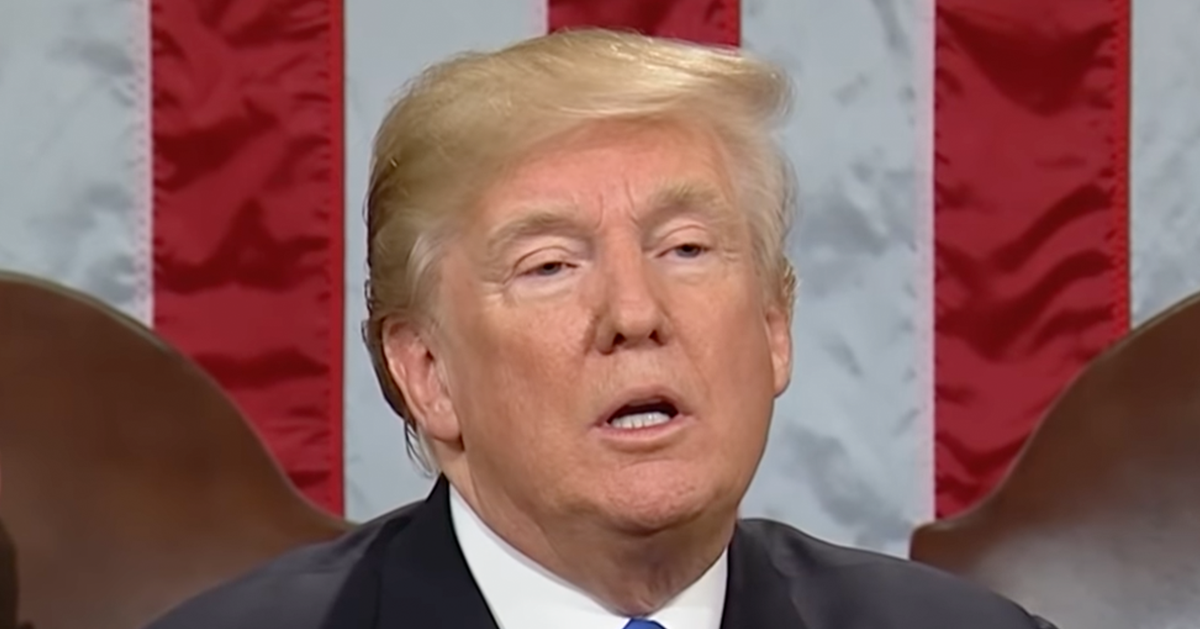Job Openings Show Decline in June
Job openings saw a minor decrease in June, showcasing signs of a cooling labor market amid persistent high interest rates set by the Federal Reserve.
The job market, although showing signs of softening, marks a near-low point during Joe Biden's time in the Oval Office, as the Washington Examiner reports.
Opening Levels Drop to Lowest Since April
In June, job openings declined to 8.18 million, a significant drop from the peak levels observed in March 2022. This latest decrease not only marks the lowest since April but also positions it as the second-lowest point since Biden took office. This represents a noticeable drop of 941,000 job openings from the previous year.
The decline in openings seems to be a reflection of the Federal Reserve's strategy of maintaining high interest rates. This fiscal stance is aimed at managing inflation, but it comes with the side effect of impacting the labor market.
The peak of job openings in March 2022 was over 12 million. Therefore, the current levels reflect a 33% decline from that high point.
Hiring Rates Show Decrease Over Time
Despite the challenges, the overall economy continues to add jobs. However, the rate of hiring has visibly slowed down. In June, the hires rate fell to 3.4%, representing the lowest point since 2014, aside from a temporary drop during the pandemic in 2020.
This reduction in hiring rates points towards employers being more cautious amid uncertain economic conditions. Companies might be hesitant to expand their workforce drastically in light of fluctuating economic indicators.
The impact is further highlighted by the unemployment rate, which rose to 4.1% in June 2024, compared to 3.5% in July 2023. This uptick in unemployment adds another layer of complexity to the ongoing labor market scenario.
Employee Quits and Layoffs Maintain Steady Rates
The number of workers quitting their jobs in June stood at approximately 3.3 million, equating to about 2.1% of the workforce. This consistent rate of quits aligns with trends observed in previous months.
Layoffs and discharges remained steady at 1.5 million in June, indicating no major changes in this aspect of the labor market. This stability is a somewhat positive indicator amidst otherwise declining figures.
These figures together suggest that while the labor market isn't in a state of extreme flux, there are pronounced shifts indicating more cautious hiring and workforce management approaches by employers.
Economic Stability Amid Labor Market Changes
Despite the cooling in job openings and hiring, the economy added 206,000 jobs in June. This indicates that while companies might be cautious, there's still a drive to expand their workforce to some extent.
Supporting this expansion was a solid GDP growth rate of 2.8% on a seasonally adjusted annual basis for the second quarter of the year. This growth showcases a resilient economic backdrop, even as certain labor market indicators display weakness.
Vanguard economists noted, “The Job Openings and Labor Turnover Survey (JOLTS) report, published by the U.S. Bureau of Labor Statistics, indicates a steadier slowdown in hires over the course of 2023 and 2024.” This viewpoint mirrors the observed trends and provides a broader understanding of the current labor market dynamics.
Anticipating Future Labor Market Developments
Government data, which shows a hiring decline and a rise in the unemployment rate, has raised concerns about the possibility of a recession. However, the consistent addition of jobs and GDP growth suggest that the economy might still be on stable ground.
“Government data showing a hiring decline this year and a rise in the unemployment rate from 3.5% in July 2023 to 4.1% in June 2024 have stirred fears of a U.S. recession,” economists mentioned.
The next jobs report is scheduled to be released on Friday, which will provide further insights into the direction of the labor market and its potential implications for the broader economy.
Conclusion
In summary, job openings fell to 8.18 million in June, marking the second-lowest level since President Biden took office.
Despite the dip in hiring rates and a rise in the unemployment rate to 4.1%, the labor market remains resilient with steady job additions and GDP growth.
Approximately 3.3 million quits and steady layoffs at 1.5 million indicate consistent workforce movement. The next job report will provide crucial insights, especially amidst fears stirred by the current labor market data.






